- Home›
- Healthy Living›
- 5 Ayurvedic Remedies To Treat Migraine
5 Ayurvedic Remedies To Treat Migraine
By: Priyanka Maheshwari Fri, 12 Jan 2024 11:34:51
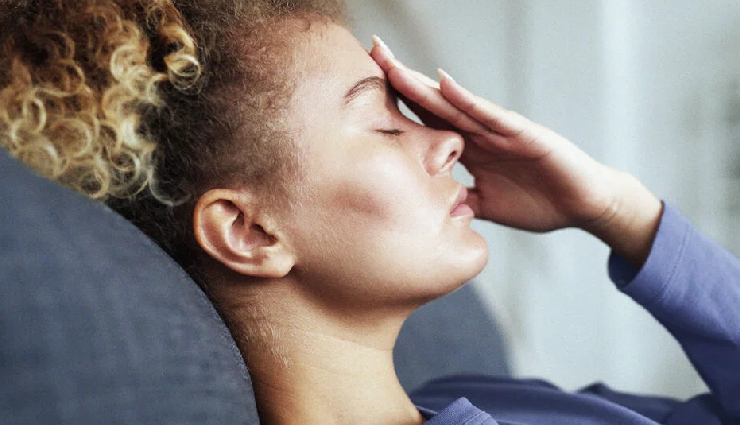
Do you frequently experience migraines and headaches? Have you attempted various medications to alleviate your headaches, only to find that their effects are not long-lasting?
Migraines have become a prevalent health issue, affecting over 10 out of 100 individuals. Characterized by intense headaches, migraines are often accompanied by sensory warning signals such as blind spots, nausea, vomiting, flashes of light, and heightened sensitivity to sound and light.
During a migraine attack, the pain typically intensifies above the eyebrow, and exposure to sunlight may exacerbate the headache. Throbbing pain is common, escalating with each pulse and potentially radiating to the neck and shoulder on the same side. While headaches typically last two to three hours, in severe cases, the pain may persist for two to three days.
In Ayurveda, this condition is referred to as Sooryavarta, where "soorya" denotes the sun, and "avarta" signifies blockage or affliction. Sooryavarta results from excessive stimulation of blood vessels and the brain. While migraine symptoms may vary among individuals, the condition tends to worsen during sunrise or noon and tends to subside by evening.
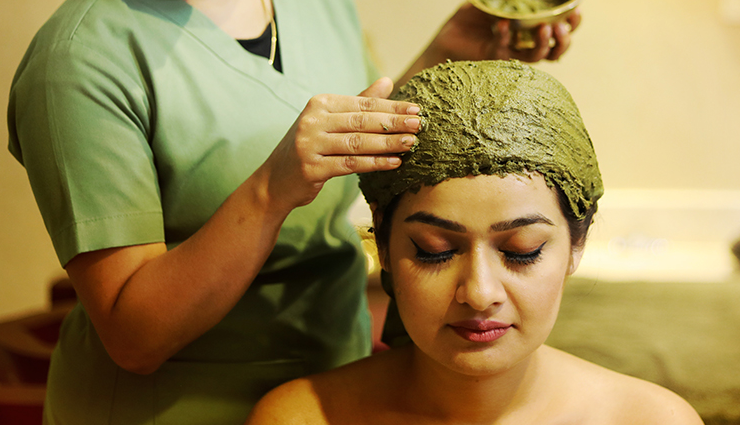
# Shirolepa
Shirolepa is widely acknowledged for its potent efficacy in alleviating migraines and combating mental exhaustion induced by stress. This specialized technique involves blending specific herbs into pastes, which are subsequently applied to the patient's head. Before the herbal paste application, a medicated oil is administered to both the head and body. The paste is carefully placed over the vertex (head) and covered with a plantain leaf for one hour. Afterward, the paste and oil are gently wiped off.
To complete the process, the head and body are once again coated with the medicated oil, followed by a soothing bath with warm water.
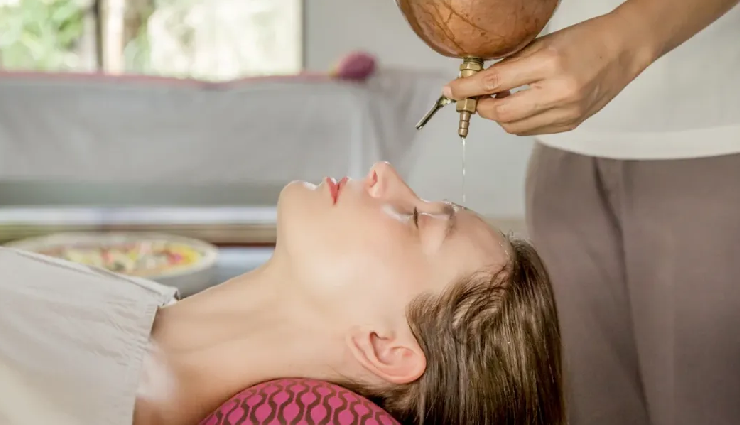
# Shirodhara
Shirodhara stands out as an exceptional Ayurvedic therapy with profound effects on the nervous system.
In this therapy, a slender stream of liquid, often warm oil, is consistently poured over the ajna marma, located on the forehead where nerves are densely concentrated. The continuous flow of oil generates a subtle vibration, exerting pressure on the forehead. This induces a profound state of mental rest for the mind and nervous system, akin to the experience of meditation.
According to Ayurveda, shirodhara therapy is particularly advantageous for pitta and vata doshas, although it is generally suitable for any dosha. However, there are specific contraindications. These include recent injuries to the neck or head, brain tumors, fever, sunburn, nausea, vomiting, and it is not recommended for pregnant women in their third trimester.
Shirodhara can also utilize cow milk, known as ksheera dhara, particularly beneficial when there is a higher involvement of pitta. Another variation involves using buttermilk, termed takra dhara, which is employed when there is an obstruction in the vata passage that needs to be addressed.
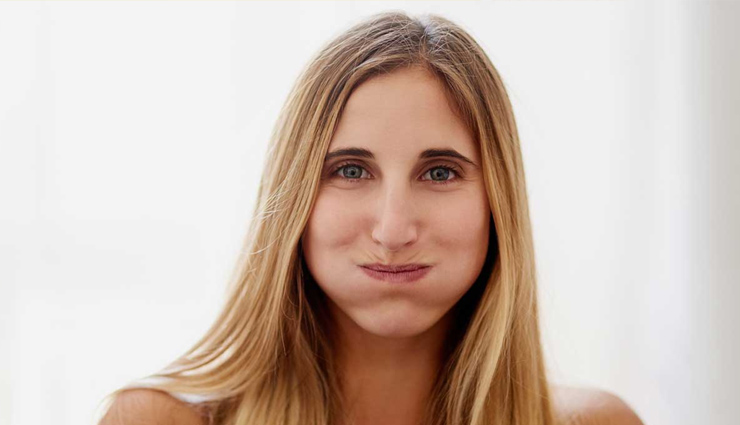
# Kavala Graha
Oil pulling, known as Kavala Graha, comes highly recommended in Ayurveda for its potent detoxifying effects. Its spectrum of health benefits extends from promoting whiter teeth to providing increased relief from migraine headaches.
Ayurveda specifically advocates the use of chandanadi taila and mahanarayani taila for oil pulling to address and alleviate migraine attacks.
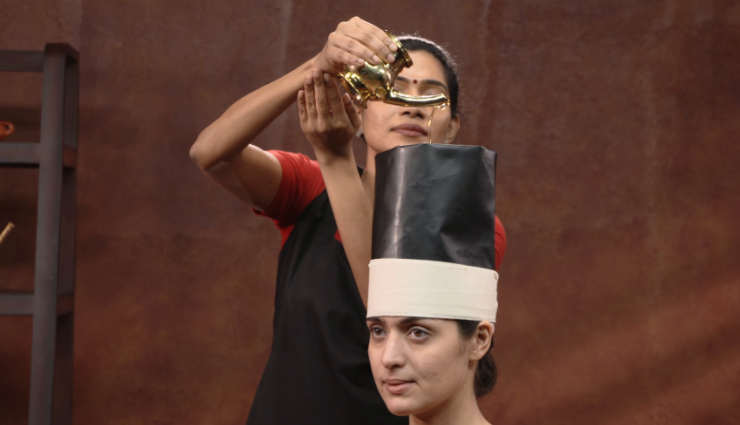
# Shirovasti
Shirovasti stands out as another effective Ayurvedic therapy where a leather cap envelops the outer area of the head. The cap features a hollow space, ensuring that medicated oil (preferably those that pacify vata and pitta doshas) can be retained within the gap for a specified duration without any oil leakage.
This therapy proves beneficial in treating brain-related ailments such as migraines, throbbing pain, and depression.
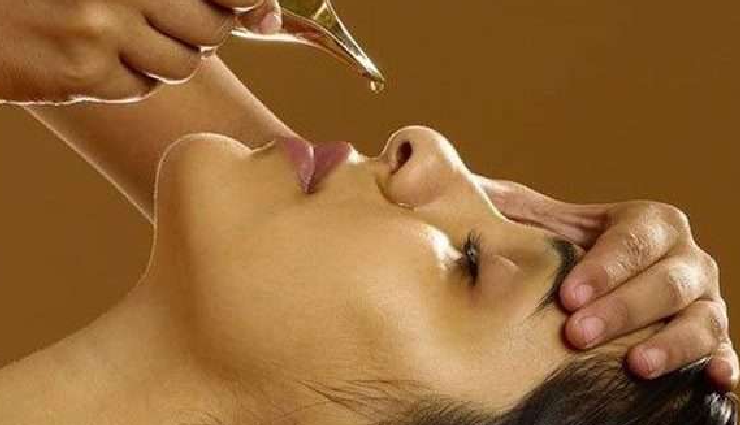
# Sneha Nasaya
Administered through the nasal route, Sneha Nasaya involves introducing medicinal oils such as shidbindu taila or anu taila into the nostrils, akin to applying nasal drops. This method aids in the treatment of pain above the shoulder area, following Ayurvedic principles that define nasaya as "Oushadham oushadha siddha sneham va nasikayaam deeyate inti nasyam."
Home Remedies To Treat Migraine
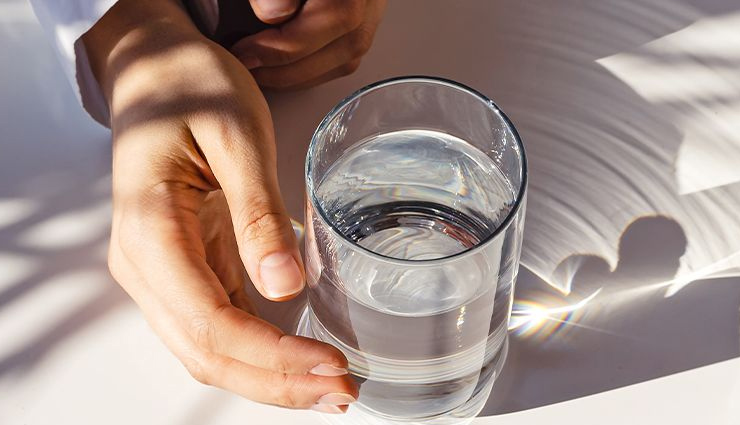
# Hydration: Dehydration can trigger migraines, so it's crucial to stay well-hydrated. Drink plenty of water throughout the day.
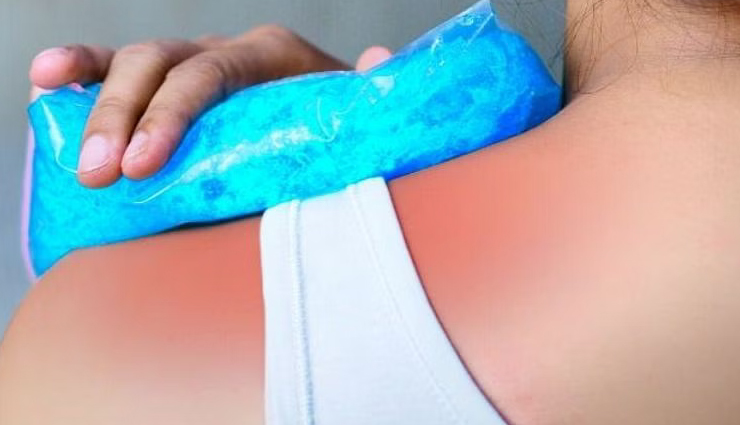
# Cold Compress: Applying a cold compress to your head or neck may help alleviate migraine pain. The cold can constrict blood vessels and reduce inflammation.

# Hot or Cold Showers: Some people find relief from migraines by taking a hot shower to relax tense muscles, while others prefer a cold shower to constrict blood vessels.

# Caffeine: In some cases, a moderate amount of caffeine can provide relief. However, excessive caffeine intake can also lead to rebound headaches, so it's essential to monitor consumption.
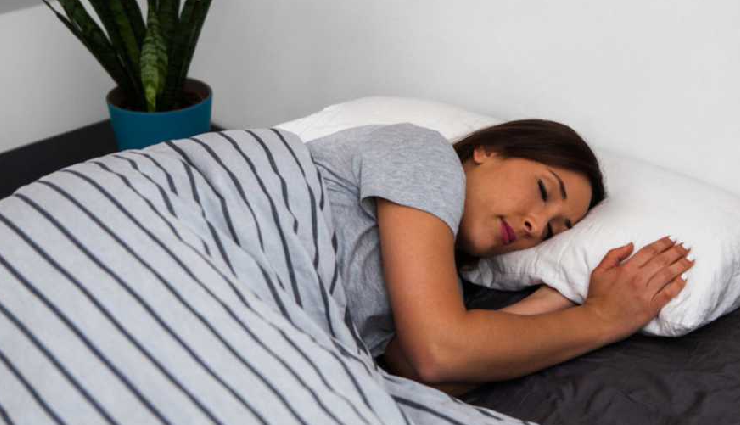
# Rest in a Dark Room: Sensitivity to light is a common migraine symptom. Resting in a dark, quiet room may help reduce discomfort.
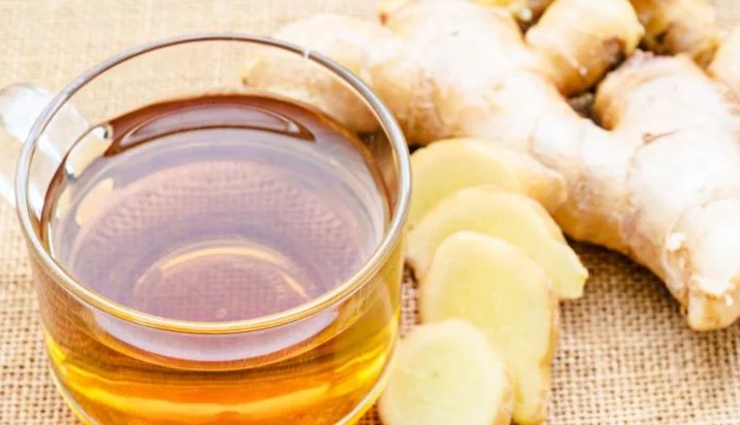
# Ginger Tea: Ginger has anti-inflammatory properties and may help relieve migraine symptoms. Try drinking ginger tea or adding fresh ginger to your meals.
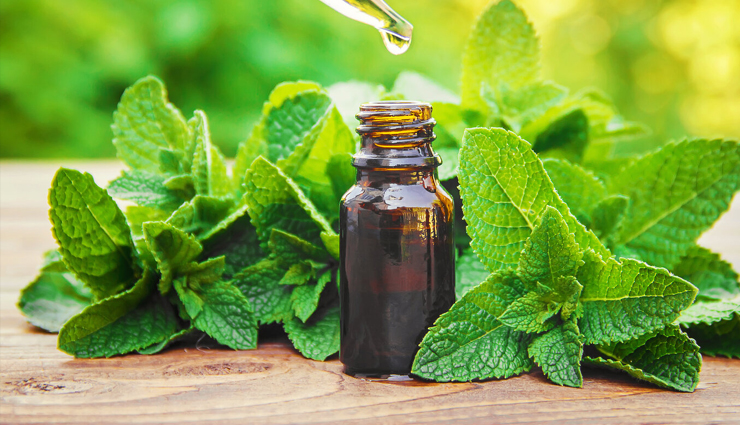
# Peppermint Oil: Applying diluted peppermint oil to your temples may provide a cooling sensation and help alleviate headache pain.
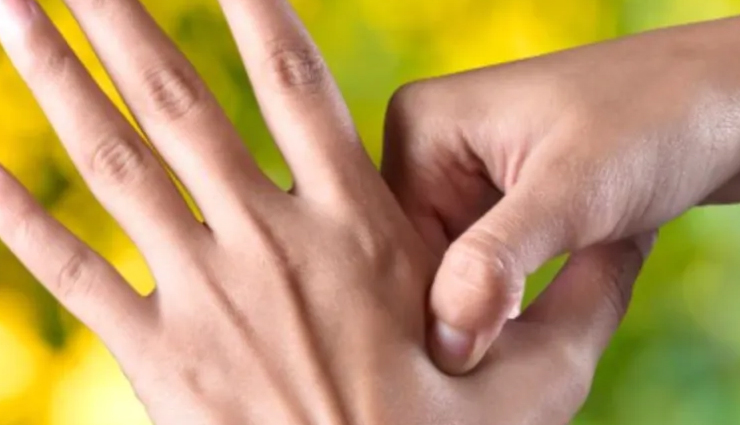
# Acupressure: Applying pressure to certain points on the body, such as the space between the thumb and forefinger, may help relieve migraine symptoms for some individuals.

# Herbal Teas: Chamomile and feverfew teas are believed by some to have properties that can help soothe migraines.
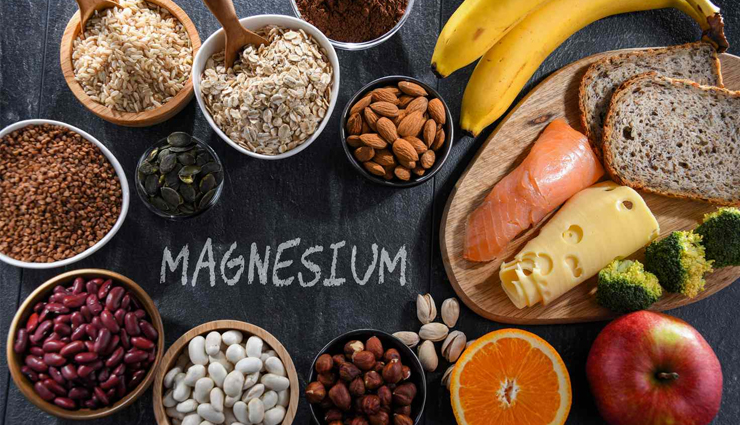
# Magnesium-Rich Foods: Some studies suggest that increasing magnesium intake may help reduce the frequency of migraines. Include magnesium-rich foods in your diet, such as nuts, seeds, and leafy green vegetables.





